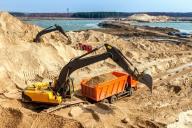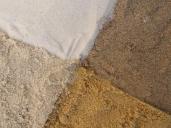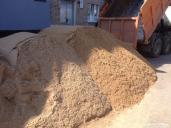Sand supply
Category:
#2549
Description
It is difficult to do without sand in construction. The bulk material levels the platforms before laying paving slabs, fills pillows under the roadway, foundations, floor screeds. Also, when producing concrete and concrete blocks with additives, such as crushed stone or polystyrene, sand is purchased as the main component. Sand is in demand in yard landscaping — ice removal on paths or sandboxes for children's leisure activities often require the delivery of at least one or two cars. You can buy different types of sand at any hardware store.
Sand mining
Owners of construction and industrial facilities do not always know where the raw materials come from. This is due to the convenience of ordering sand with delivery: it is enough to specify the volume and time. But it is important to understand where it will be extracted from, what fraction, and whether it needs to be washed or sifted. For example, river sand differs from quarry sand, which affects the price and scope of application.
Methods of sand extraction:
The dry method is open—pit mining using excavators or loaders, for example, from a quarry.
The wet method is hydraulic alluvium with simultaneous purification from impurities.
Mining from the bottom of rivers, lakes or shallow waters of the seas using dredgers and excavators is worth it separately. The choice of method depends on the nearest source, because long-distance transportation significantly increases the cost of the material. For those who work in Yekaterinburg, it is advantageous to use natural sand from the nearest deposits.
Types of sand
When choosing where to buy sand, you may encounter different categories of it: river or quarry. River material is extracted from the bottom of reservoirs by pumps, and then sorted and cleaned. Quarry sand is cheaper, but it is not filtered, it can be used "as is" or after cleaning. For many regions, such as the Sverdlovsk region, quarry sand is especially beneficial.
River sand is divided into fractions and categories:
very fine – grains of sand up to 2 mm;
fine – from 2 to 2.5 mm;
The average is more than 2.5 mm.
Quarry sand has a lower price, but it is more affordable than river sand. Especially in regions far from water bodies (mainly steppe areas). Such material is collected in a quarry without sorting by fraction. And it is applied either "as is" or after additional cleaning. The choice depends on the destination and budget (refined sand is more expensive).
There are three categories:
sandy – supplied without cleaning, immediately after removal from the quarry;
seeded – processed mechanically, cleaned of large impurities;
washed – after sifting, soluble impurities are washed out, almost river sand is obtained.
Sand processing is important for its further application. For example, sifting and washing sand may be necessary for landscape design, where high-quality and natural materials are required. There are also mixtures like sand and gravel, which are good for concrete or road construction.
Application
The main application of sand is construction. It is used in the composition of concrete mixes, precast concrete products, when pouring foundations and masonry mortars. Sand is important in drainage systems and pads for screeds and road surfaces.
Application options:
Landscaping: filling in areas, creating a sandbox;
Landscape design: paths, construction of ponds;
Production: paving slabs, bricks, artificial stone.
Sand is also used for sandblasting metal surfaces. In such cases, the material is delivered in whole wagons, thoroughly washed and sorted into fractions. It is advantageous for Yekaterinburg and other cities to buy it from local suppliers.
Sand is also in demand in winter, when the ice begins. Then it becomes the main material for sprinkling sidewalks and roads. The construction of sidewalks or parks, as well as the winter struggle against ice, is impossible without such material.
Sand prices
The cheapest option is mining near the facility, which is beneficial to companies that build near the quarries. Otherwise, you will have to pay for the delivery. The cost of sand depends on the method of extraction, the presence of impurities, the method of delivery and the distance to the object.
Components of the cost of sand:
Extraction method: the dry method without sieving and washing is the cheapest, but of lower quality;
Impurities: the material from different deposits may vary greatly;
Delivery: using vehicles, such as a dump truck, increases the cost of the process;
The distance to the site — the further away the construction site, the more expensive the sand will be.
So, before you buy sand, you need to take into account all the parameters such as fraction, humidity, and radioactivity in order to choose the material that is most suitable for your tasks.
Material Characteristics
In addition to the source and the purity of the sand, a number of other characteristics are taken into account. The cost, the purpose of the material, the safety of others, and the method of processing before use in production, construction, and everyday life depend on them. These points are also discussed before buying sand and determining the price of the batch.
Parameters:
The size modulus is measured in micromicrons, and coarse, medium, fine, and fine sand are sold separately.;
The filtration coefficient is the degree of water permeability, measured in meters that the water will pass in 24 hours.;
bulk humidity - the norm is considered to be at the level of 1300-1500 kg/ cubic meter, the rest is considered too wet or over–dried;
radioactivity – the limit of this value is at the level of 370 Becquerels/kg.
To simplify the categorization, the sand is divided into classes. Thus, Class I and II materials are in demand in construction. Small is suitable for masonry, plaster mortar, large – for precast concrete products, sandblasting. The latter are made with quarry sand, which has "sharp angles" that river sand does not have.
Sand mining
Owners of construction and industrial facilities do not always know where the raw materials come from. This is due to the convenience of ordering sand with delivery: it is enough to specify the volume and time. But it is important to understand where it will be extracted from, what fraction, and whether it needs to be washed or sifted. For example, river sand differs from quarry sand, which affects the price and scope of application.
Methods of sand extraction:
The dry method is open—pit mining using excavators or loaders, for example, from a quarry.
The wet method is hydraulic alluvium with simultaneous purification from impurities.
Mining from the bottom of rivers, lakes or shallow waters of the seas using dredgers and excavators is worth it separately. The choice of method depends on the nearest source, because long-distance transportation significantly increases the cost of the material. For those who work in Yekaterinburg, it is advantageous to use natural sand from the nearest deposits.
Types of sand
When choosing where to buy sand, you may encounter different categories of it: river or quarry. River material is extracted from the bottom of reservoirs by pumps, and then sorted and cleaned. Quarry sand is cheaper, but it is not filtered, it can be used "as is" or after cleaning. For many regions, such as the Sverdlovsk region, quarry sand is especially beneficial.
River sand is divided into fractions and categories:
very fine – grains of sand up to 2 mm;
fine – from 2 to 2.5 mm;
The average is more than 2.5 mm.
Quarry sand has a lower price, but it is more affordable than river sand. Especially in regions far from water bodies (mainly steppe areas). Such material is collected in a quarry without sorting by fraction. And it is applied either "as is" or after additional cleaning. The choice depends on the destination and budget (refined sand is more expensive).
There are three categories:
sandy – supplied without cleaning, immediately after removal from the quarry;
seeded – processed mechanically, cleaned of large impurities;
washed – after sifting, soluble impurities are washed out, almost river sand is obtained.
Sand processing is important for its further application. For example, sifting and washing sand may be necessary for landscape design, where high-quality and natural materials are required. There are also mixtures like sand and gravel, which are good for concrete or road construction.
Application
The main application of sand is construction. It is used in the composition of concrete mixes, precast concrete products, when pouring foundations and masonry mortars. Sand is important in drainage systems and pads for screeds and road surfaces.
Application options:
Landscaping: filling in areas, creating a sandbox;
Landscape design: paths, construction of ponds;
Production: paving slabs, bricks, artificial stone.
Sand is also used for sandblasting metal surfaces. In such cases, the material is delivered in whole wagons, thoroughly washed and sorted into fractions. It is advantageous for Yekaterinburg and other cities to buy it from local suppliers.
Sand is also in demand in winter, when the ice begins. Then it becomes the main material for sprinkling sidewalks and roads. The construction of sidewalks or parks, as well as the winter struggle against ice, is impossible without such material.
Sand prices
The cheapest option is mining near the facility, which is beneficial to companies that build near the quarries. Otherwise, you will have to pay for the delivery. The cost of sand depends on the method of extraction, the presence of impurities, the method of delivery and the distance to the object.
Components of the cost of sand:
Extraction method: the dry method without sieving and washing is the cheapest, but of lower quality;
Impurities: the material from different deposits may vary greatly;
Delivery: using vehicles, such as a dump truck, increases the cost of the process;
The distance to the site — the further away the construction site, the more expensive the sand will be.
So, before you buy sand, you need to take into account all the parameters such as fraction, humidity, and radioactivity in order to choose the material that is most suitable for your tasks.
Material Characteristics
In addition to the source and the purity of the sand, a number of other characteristics are taken into account. The cost, the purpose of the material, the safety of others, and the method of processing before use in production, construction, and everyday life depend on them. These points are also discussed before buying sand and determining the price of the batch.
Parameters:
The size modulus is measured in micromicrons, and coarse, medium, fine, and fine sand are sold separately.;
The filtration coefficient is the degree of water permeability, measured in meters that the water will pass in 24 hours.;
bulk humidity - the norm is considered to be at the level of 1300-1500 kg/ cubic meter, the rest is considered too wet or over–dried;
radioactivity – the limit of this value is at the level of 370 Becquerels/kg.
To simplify the categorization, the sand is divided into classes. Thus, Class I and II materials are in demand in construction. Small is suitable for masonry, plaster mortar, large – for precast concrete products, sandblasting. The latter are made with quarry sand, which has "sharp angles" that river sand does not have.
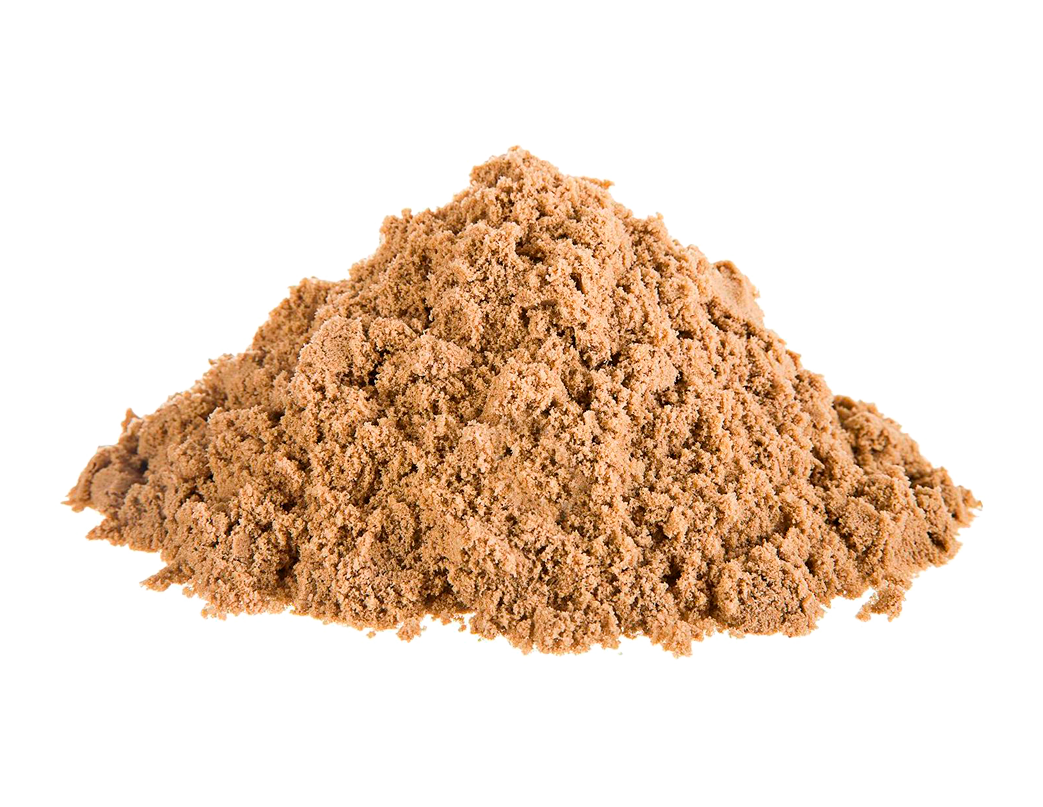
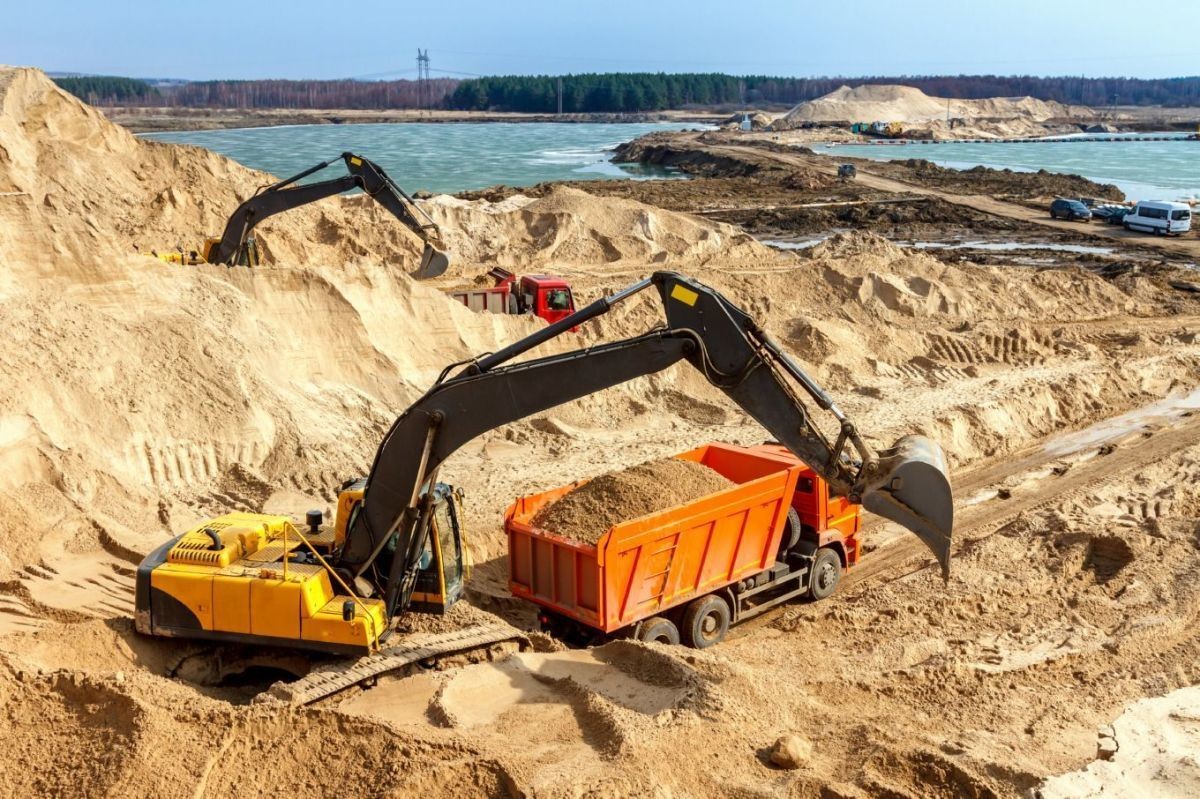
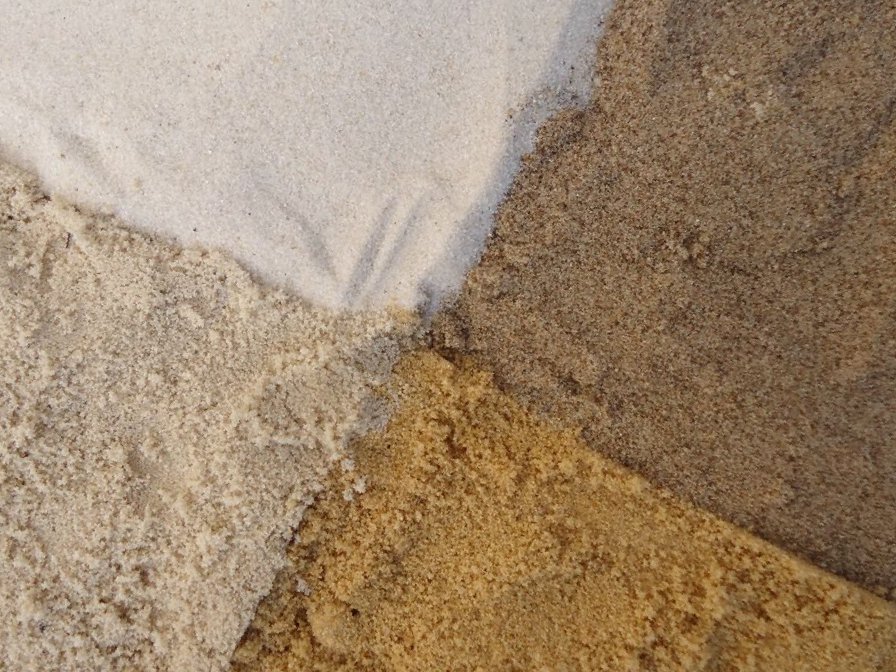
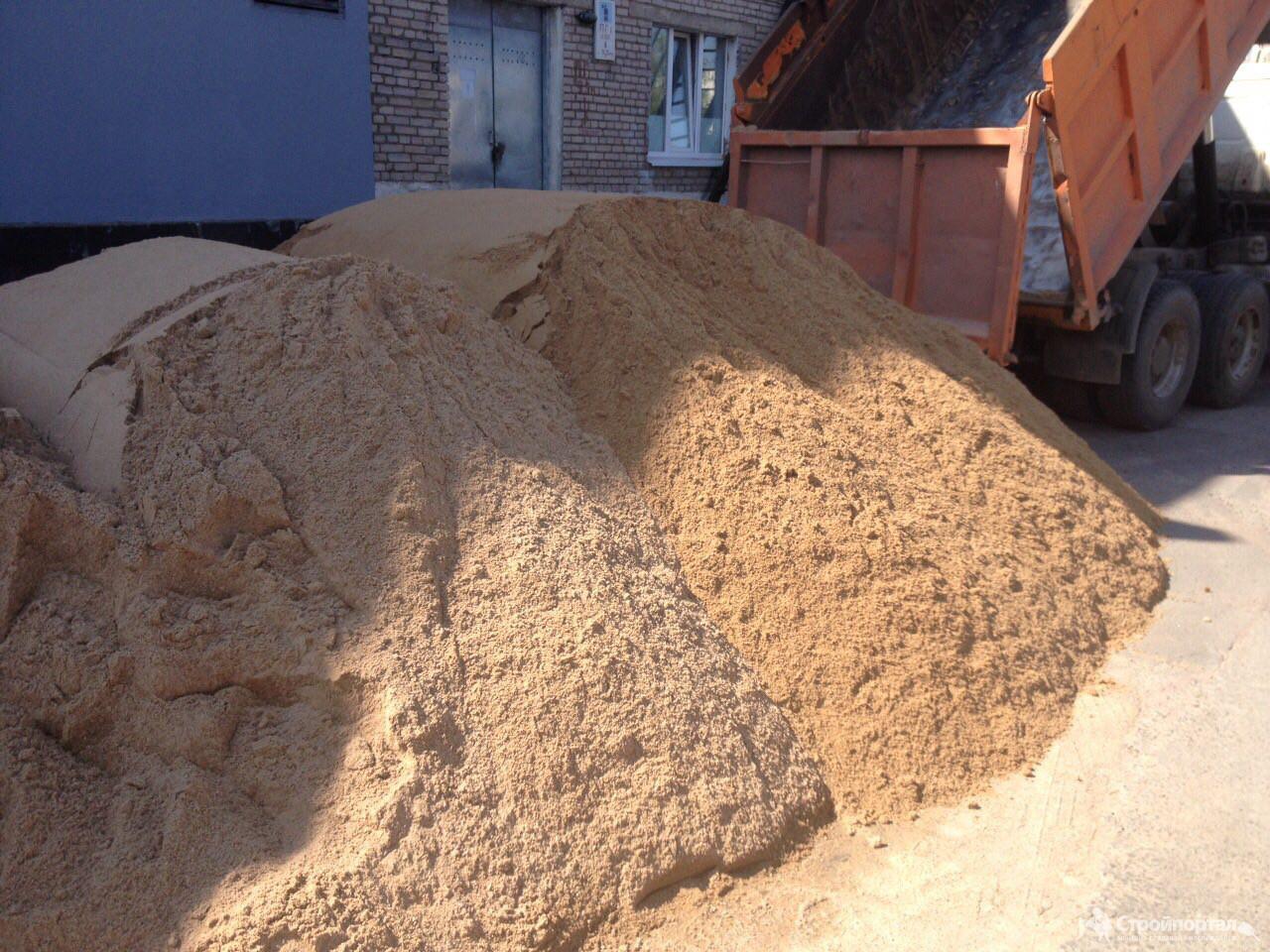

Email
Phone number
Connection will be made via internet - no charges apply. Microphone access required.
Adding to Favorites
Your comment:


